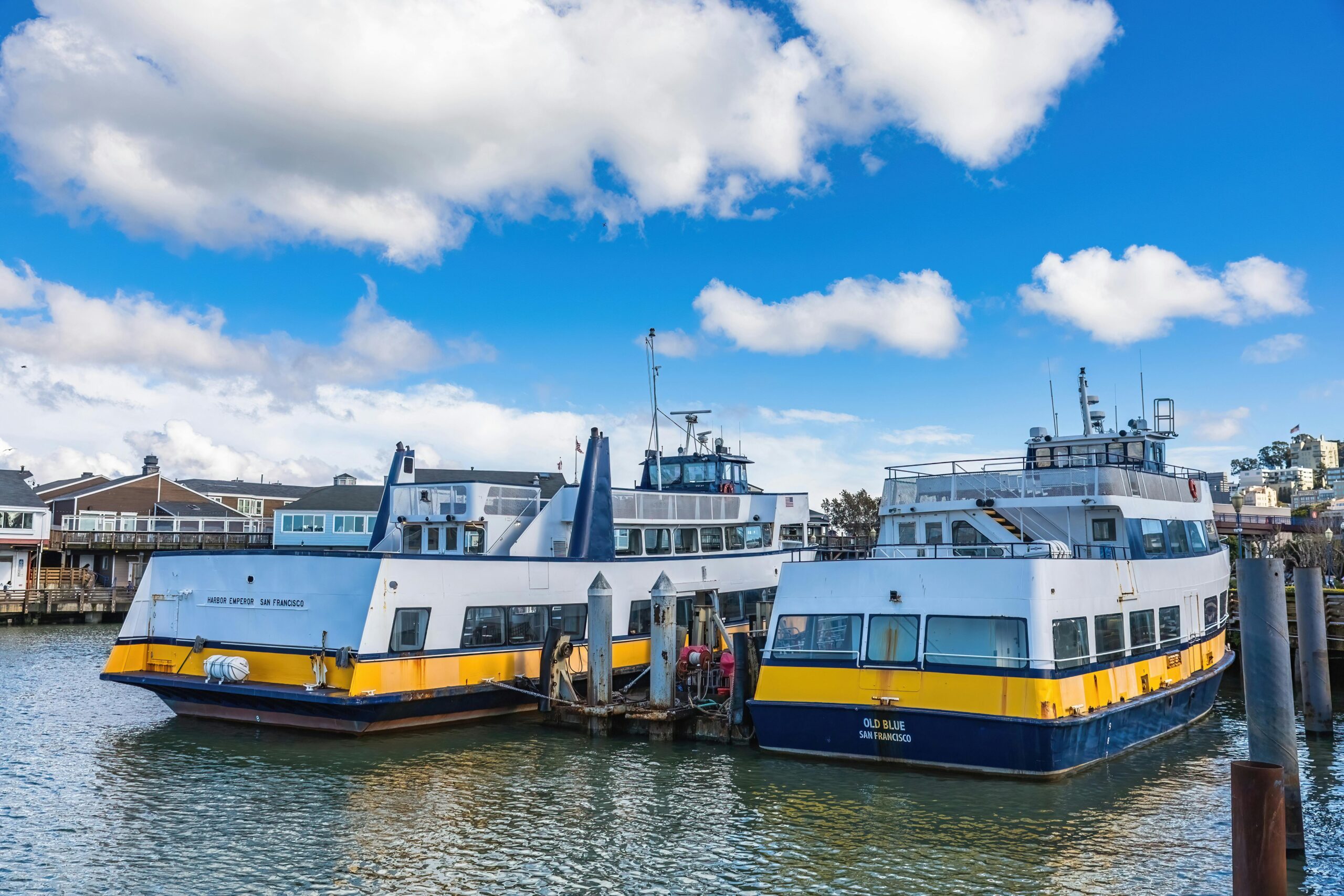(i) Prologue to Charge in Harbor Art
- Significance of lessening outflows
Shift towards practical arrangements
(ii) Benefits of Jolt
- Ecological advantages
Monetary benefits
(iii) Challenges in Jolting Harbor Art
- Framework limits
Mechanical requirements
(iv) Late Developments in Zap
- Battery innovation progressions
Half and half frameworks
(v) Contextual investigations of Fruitful Zap Tasks
- Port of Los Angeles
Port of Oslo
(vi) Future Possibilities and Patterns
- Government drives and guidelines
Arising advances
(vii) End
Lately, there has been a striking movement towards charge in different ventures, driven by the need to decrease outflows and embrace feasible practices. One region where this change is especially critical is in harbor create. This article investigates the jolt upset in harbor make, its benefits, challenges, ongoing advancements, effective contextual analyses, and future possibilities.
(i) Prologue to Zap in Harbor Specialty
Harbor create, including ships, towing boats, and different vessels, assume a critical part in transportation and coordinated factors all over the planet. Be that as it may, customary diesel-fueled motors utilized in these vessels contribute altogether to air and water contamination, presenting natural and wellbeing gambles. Perceiving the requirement for change, the oceanic business is progressively going to zap as a cleaner elective.
Significance of Decreasing Emanations
The sea area represents a significant part of worldwide discharges, with harbor make being critical patrons. By zapping these vessels, outflows of unsafe toxins like nitrogen oxides (NOx) and particulate matter can be extraordinarily diminished, relieving natural effect and further developing air quality in port urban communities.
Shift Towards Maintainable Arrangements
The jolt upset in harbor make lines up with more extensive endeavors to progress towards maintainable transportation frameworks. Legislatures, industry partners, and shoppers are progressively focusing on arrangements that limit natural impression and advance sustainable power use. Zap offers a promising pathway to accomplish these objectives in the oceanic area.
(ii) Benefits of Charge
Energizing harbor create offers a few convincing benefits, both from natural and financial viewpoints.
Ecological Advantages
Changing to electric impetus frameworks lessens ozone harming substance outflows and reliance on non-renewable energy sources, prompting cleaner air and streams. Furthermore, electric engines produce less commotion and vibration contrasted with conventional motors, limiting aggravation to marine biological systems and seaside networks.
Financial Benefits
While the underlying interest in zap innovation might be higher than traditional motors, harbor administrators can profit from long haul cost reserve funds. Electric drive frameworks have lower working and upkeep costs, as they require less parts and have less moving parts inclined to mileage. Besides, charge can improve energy effectiveness and fuel reserve funds over the life expectancy of the vessel.
(iii) Challenges in Energizing Harbor Art
In spite of its various advantages, zapping harbor create presents a few provokes that should be tended to for boundless reception.
Foundation Constraints
The foundation expected to help electric vessels, for example, charging stations and shore power offices, is as yet immature in many ports. Restricted accessibility of charging framework represents a hindrance to the boundless reception of zap, especially in districts with deficient power network limit.
Mechanical Limitations
While battery innovation has progressed essentially as of late, difficulties, for example, restricted energy thickness and reach stay huge hindrances to charge. Harbor create, which frequently require long-range abilities and quick refueling, present extraordinary mechanical difficulties that require inventive arrangements.
(iv) Late Developments in Jolt
In spite of these difficulties, progressing headways in jolt innovation offer promising answers for defeat hindrances to reception.

Battery Innovation Headways
Ongoing advancements in battery science, like lithium-particle and strong state batteries, have altogether further developed energy thickness and capacity limit. These headways empower electric vessels to accomplish longer ranges and work all the more proficiently, tending to one of the critical limits of jolt.
Half breed Frameworks
Half breed drive frameworks, joining electric and ordinary power sources, offer a temporary answer for defeat reach and foundation restrictions. By incorporating battery stockpiling with diesel generators or power devices, cross breed vessels can upgrade energy use and diminish outflows while keeping up with functional adaptability.
(v) Contextual analyses of Fruitful Charge Ventures
A few ports and oceanic administrators have previously carried out effective charge projects, showing the practicality and advantages of changing to electric drive.
Port of Los Angeles
The Port of Los Angeles has been a trailblazer in zapping its armada of harbor make, including ships and towing boats. Through essential interests in accusing framework and associations of innovation suppliers, the port has altogether decreased outflows and further developed air quality in the encompassing region.
Port of Oslo
The Port of Oslo in Norway has executed a complete zap methodology, expecting to turn into a zero-discharge port by 2030. The port has sent electric ships and mixture vessels controlled by environmentally friendly power sources, setting a benchmark for feasible oceanic transportation.
(vi) Future Possibilities and Patterns
Looking forward, the zap upset in harbor create is supposed to speed up, driven by different elements including unofficial laws, mechanical progressions, and market interest.
Government Drives and Guidelines
State run administrations all over the planet are executing strategies and guidelines to boost the reception of cleaner drive advances in the sea area. Measures, for example, discharges principles, carbon evaluating, and monetary motivators for charge projects are supposed to drive venture and development in the business.
Arising Innovations
Progressions in jolt innovation, including hydrogen power devices, remote charging frameworks, and independent vessels, hold guarantee for additional altering the sea business. These arising advancements offer new chances to upgrade proficiency, lessen discharges, and work on the maintainability of harbor tasks.
(vii) End
The charge upheaval in harbor create addresses a huge step towards accomplishing a cleaner, more feasible oceanic transportation framework. While challenges stay, continuous developments and ventures are driving advancement towards a future where electric vessels assume a focal part in worldwide exchange and coordinated operations.
FAQs
Q: How does jolting harbor make benefit the climate?
A: Charge diminishes discharges of unsafe toxins and limits natural effect on air and water quality.
Q: What are a few difficulties in zapping harbor make?
A: Difficulties incorporate foundation impediments for charging, innovative limitations connected with battery capacity, and reach necessities for significant distance tasks.
Q: What are mixture drive frameworks, and how would they work?
A: Mixture frameworks join electric drive with traditional power sources, for example, diesel generators or power modules to upgrade energy utilization and diminish outflows.
Q: Which ports have executed effective charge projects?
A: Ports, for example, Los Angeles and Oslo have been effective in zapping their armadas of harbor create, displaying the plausibility and advantages of charge.
Q: What are a few arising advancements molding the fate of zap in harbor make?
A: Arising innovations incorporate hydrogen power devices, remote charging frameworks, and independent vessels, offering new open doors for effectiveness and supportability in oceanic transportation.



